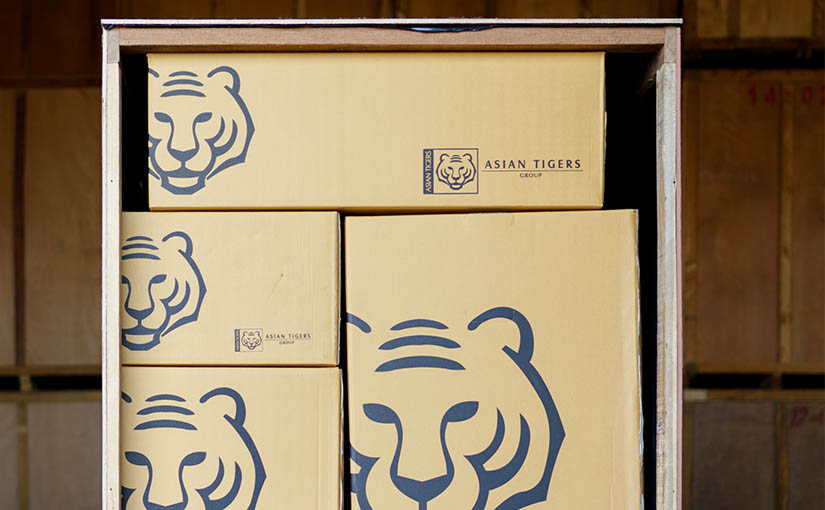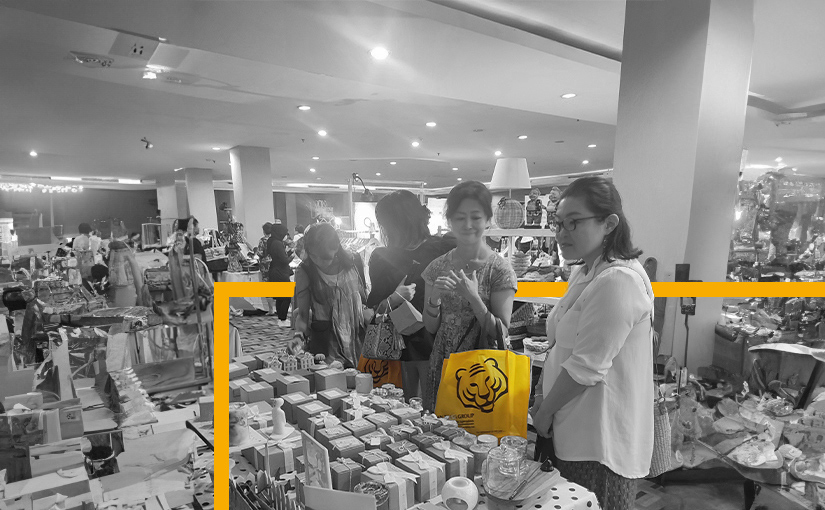What to Look For in a Storage Unit?
The way to choose the right kind of storage unit is very important whenever the need for extra space to store stuff arises. Knowing what to look out for in a storage unit-whether one is moving, downsizing, or just looking to declutter-can keep all your items safe and in good condition. This guide shall try to give some key tips on selecting a storage facility to help you find that perfect option in line with need, budget, and preference.
1. Location and Accessibility
Perhaps the most important factor in the selection of a storage facility is the location and how accessible the items will be. If you will require frequent access to your goods, it will be very prudent to select a storage facility close to your residence or workplace.
- Tip: Look for facilities offering extended access hours or 24/7 entry, depending on whether you will need access to items during night hours or other off-hours.
- Consideration: If you are storing items you will not need often, a facility further out of town may be cheaper.
2. Security Features
One of the major factors in choosing the storage facility should be an application and implementation of the security feature. You would want your merchandise stored in a secured environment, well-protected from theft and unauthorized access.
Key Security Features to Look For:
- Cameras: One would look into facilities that employ video monitoring around the clock to deter theft and keep a close eye on the premises.
- Gated Access: Entry via a gate controlled using personal access codes keeps unauthorized access off the premises.
- Security Guards: For even more superior varieties of storage, on-location security personnel can be provided.
- Unit-Specific Alarms: Although most storage facilities provide alarms on the premises to put their minds at ease, some go even further, placing individual alarms on storage units themselves.
Tip: Ask if the facility has other on-site security features such as motion detectors, high fencing, or bright lights.
3. Size and Unit Type
Storage units vary in size from the small, lockersized type to massive units that can hold all the contents of a house. Knowing what you are looking for in a storage unit means knowing your size needs.
How to Choose the Right Unit Size:
- Small Units: Ideal for storing boxes, small furniture, or seasonal items like clothes and decorations.
- Medium Units: Good for furniture from a one-bedroom apartment, appliances, and larger items, including bikes.
- Large Units: Ideal to store several rooms of furniture, business inventory, or even vehicles.
Tip: Make a list of the items you plan to store and ask the facility their recommendations on what size will work best. It’s often better to overestimate than to try to cram items into a unit that is too small.
4. Climate Control Options
Climate control for certain items may be necessary, especially those items which could easily be damaged due to extreme temperatures or moisture. Knowing what to look at in a storage unit includes determining whether your items will require climate control.
Items That Benefit from Climate Control:
- Wooden or leather furniture can warp, crack, or dry out under extreme temperatures.
- Any form of electronics sensitive to water or extreme heat.
- Important documents, artworks, and photos which would disintegrate under irregular conditions.
- Clothing, especially wool fabrics, which may be affected when mold and mildew develop due to humidity conditions.
Tip: here is that, for long-term storage or locations with extreme weather conditions, the extra cost to store items in a climate-controlled environment is worth the investment.
5. Cleanliness and Maintenance
One of the important things to note when choosing storage facilities is cleanliness. A well-maintained facility actually speaks a lot about how well the workers will take care of the units. It can also help reduce cases whereby your goods get damaged as a result of infestation, mold, or dust.
What to Look for in a Clean Facility:
- Regular cleaning and pest control
- No visible water damage, mold, or leaks
- Spaces bright and tidy including common space and around the unit
Tip: Anyway, you should visit this facility personally to see whether it is clean and well-maintained. You may ask the staff how often they apply pest control in the facility and how they usually handle the problem of moisture or flooding.
6. Cost and Contracts
By nature, cost will always be a deciding factor in choosing a storage facility. Prices may vary according to unit size, location, climate control, and additional facilities such as security measures.
How to Compare Storage Costs:
- Monthly Rates: Compare rates with the monthly renting prices of similarly sized units within your vicinity.
- Additional Fees: Ask about any additional fees that may be levied on you, whether in setup fees, late payment fines, or even security deposits.
- Discounts and Promotions: Many facilities offer discounts for long-term rentals or promotions for new customers. Always inquire about any specials.
- Insurance Costs: Most facilities require or strongly recommend insurance on items stored. Inquire about the insurance rates and coverages.
Tip: While cost may be a big consideration, do not decide on a facility based on cost alone. Ensure it will meet all the other needs before committing to it.
7. Customer Service and Reviews
Meanwhile, good customer service can make quite a big difference in the overall experience. You’d want to choose a facility whose staff is responsive, helpful, and knowledgeable in regard to storage needs.
How to Assess Customer Service:
- First Impressions: Call or visit the facility and ask questions to see how staff interact with you and other customers.
- Online Reviews: Check the customer reviews from the past for an idea about their experience. Look out for feedback on professionalism in the staff, the cleanliness of the facility, and security concerns.
- Policies: Understand their rules concerning payment issues, late fees, termination of contracts, and customers’ access.
Tip: Opt for a facility with staff that are responsive, friendly, yet focused on pleasing customers transparently.
8. Accessibility Features
Not all storage facilities are created equally convenient. When choosing a facility, one needs to consider how accessible the belongings will be going in and out of the unit.
Features to Look For to Access:
- Drive-Up Units: These allow you to park right in front of your unit for ease of loading and unloading.
- Wide Hallways and Elevators: For multi-story facilities, wide hallways and elevators make it easier to move bulky items.
- Free-Use Moving Equipment: Facilities often have carts or dollies that are given freely to help customers in moving their items.
Tip: A drive-up unit can make it much easier and faster if you’re storing big or heavy furniture pieces.
9. Insurance and Protection
Many storage facilities include insurance for your items stored in their premises, which may be important in situations related to theft, fire, or water damage. Some storage units will include basic insurance within the rental price, while others want you to procure additional coverage.
What to Expect from Storage Insurance:
- Coverage for damages due to fire, theft, weather conditions, among other unexpected eventualities.
- Clear terms and conditions on what is covered and what is not.
- Competitive monthly premiums.
Tip: It is always a good investment when it comes to securing valuable or irreplaceable items.
10. Amenities
Lastly, take into consideration any extra facilities that make the process of storing your items easier or, more accurately, much more convenient. Other facilities have amenities that sweeten the deal and make storage easier on you in one way or another.
Common Amenities:
- Online bill payment or auto-pay options.
- Package acceptance services wherein the staff will accept and store deliveries on your behalf.
- Packing materials available to buy on-site, including boxes, tape, and bubble wrap.
Tip: Sometimes it’s those little conveniences like these that may save you time and stress during your storage period.
Conclusion
Storage of items requires you to select a suitable storage facility, which is a bit more than merely selecting a location that is nearer or cheaper. Knowing what to expect from a storage unit and what goes into selecting a storage facility, you will be able to find a safe and secure yet convenient space for your belongings. Each one of these components plays an integral role in making certain that your storage experience is as smooth and hassle-free as possible: size, climate control, security, and customer service.
If you’d like to discover the latest information about the moving and relocation world, please also check other industry news from Asian Tigers Group.
Your trusted moving support is only a few clicks away from your hand. Contact the Asian Tigers office near your origin or destination for your next move. You can also check our Frequently Asked Questions resource, AI-powered by Tiger Move Bot.










